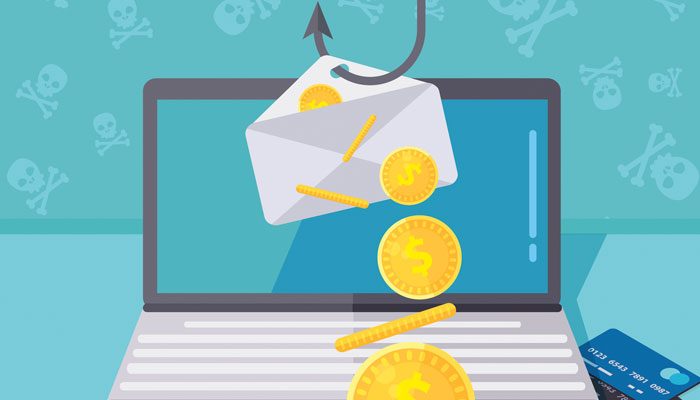What questions about IT do business prospects ask you on a regular basis?
I’ll bet you thought of at least three before you even got to this sentence. Write them down! They might be the most important topics your brand covers in the blog this year.
In 2016, Social Media Week cited a study by Google that said companies are investing more dollars into content marketing than advertising now. That’s a big leap, and for that reason, MSPs must ensure the content they produce attracts the right visitors or they will continue to struggle to see ROI.
If you need a little help getting the ideas churning, here are just a few topics that stand out right now.
What Do Managed Services Cost?
If you want to write about a topic every customer cares about – cost is numero uno.
This is the most important information people are looking for online, and yet very few businesses share it. Why is that?
Like most bad marketing decisions, the answer is rooted in fear.
They are afraid to talk about prices because it might scare people away or help competitors undercut them on estimates. They also avoid the question because sometimes the answer isn’t easily explained, as prices often depend on customer needs.
So should you avoid discussing costs online? The short answer is no. Customers want to know about pricing, so we need to talk about it.

If cost depends on the size of the organization and the services they require, we should explain that. There’s nothing wrong with telling people “it depends” when it comes to prices. Give some perspective on the value you offer, so they can decide if you are a good fit.
Don’t be worried about scaring people away either. When people can’t find what they are looking for on a website (like prices), they are likely to leave. Why give them a reason to look elsewhere for information they want?
If your prices are likely to scare someone away, they are probably motivated to go with the cheapest game in town, regardless of the quality of service. Is that the type of customer you want? Why spend time and resources courting a business prospect, only to hear them balk at your prices when it’s finally time to discuss costs?
I say put it out there in the open. Send the tire-kickers packing, and let’s focus on quality customers you can partner with.
{{cta(‘7811fcbe-a9d8-44c3-9eef-6348f9c491d0’)}}
How to Train Employees About Security
When clients ask for an IT assessment, they often focus on the most technical and complex aspects of their infrastructure, like networks and firewall security. They don’t realize how their own employees leave them exposed to risks.

According to a recent post by Barkly, phishing is the primary method hackers use to attack organizations with ransomware and other malware. Citing a 2016 report from Wombat Security, Barkly claims that phishing attacks are not only accelerating, they are getting more sophisticated, making it harder for even the most savvy employees to spot a suspicious email.
Businesses need to understand how a well trained staff can thwart cyber-attackers. Your team can show them how to do this.
Keeping Costs Down in the Cloud
The big news yesterday was emergence of cloud computing and how it is revolutionizing every industry. Today, businesses need help reducing expenses in the cloud.
Whether overspending on licenses or running too many VMs for production, organizations are discovering that even tools like the cloud can lead to waste. Service providers should coach them by highlighting ways to monitor usage and reduce expenses by parking non-production VMs.
Are Third-Party Apps Secure?
One of the biggest mistakes organizations make is assuming third-party vendors offer end-to-end security with their products. For instance, a point-of-sale software vendor might secure all transactions running to a server, but not the end users connecting to it.
C-suite executives need to understand the potential consequences of these gaps in security, and how managed services can avert them.
Signs Your Business Is Non-Compliant
The risk of non-compliance relates directly to the question of vendor app security. As we all know, any business that handles personally identifiable information (PII) is subject to regulatory law, and many of them have no idea they are flirting with disaster.
Organizations need to understand how their technical and operational processes are impacted by evolving regulatory standards, and how severe the consequences of a data breach are. As the mobile workforce and IoT continue to grow, cyber-criminals will have even more opportunities to grab sensitive customer data. It’s imperative for companies to think about where their vulnerabilities lie today, and the protections they will need tomorrow as more employees work out of the office.
People are waking up to the reality that IT is more than keeping servers online and hackers outside the front door. It’s about making improvements that transform the organization, enabling collaboration, reducing costs, and increasing flexibility. Your blog is the best vehicle for answering questions and starting relationships before buyers are ready to talk to a solution provider.
The next website visitor could be your best customer. Go get ‘em.
{{cta(‘0d1d6b82-6e79-470e-873b-ab17c123200f’)}}


